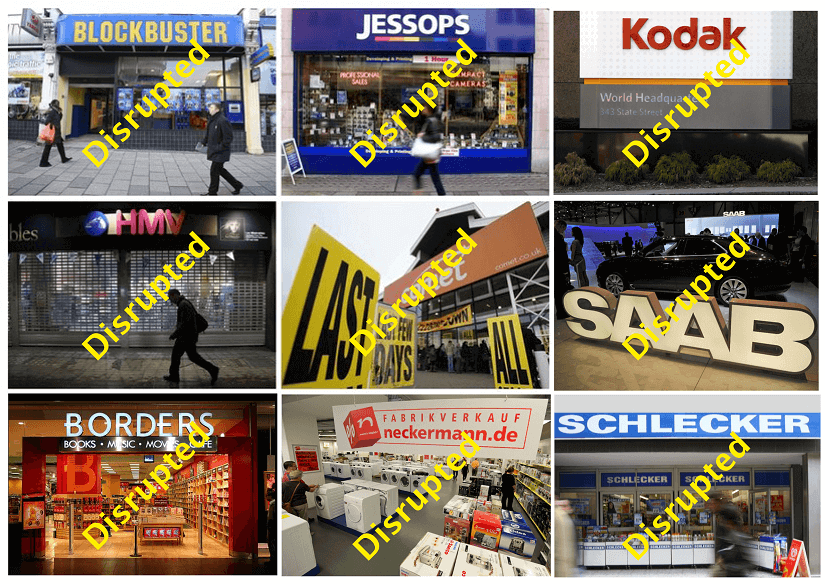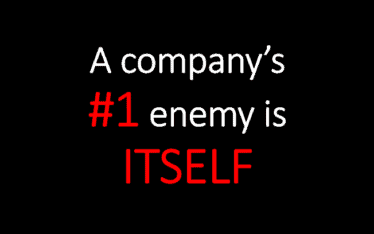Many companies find it hard to transform themselves in difficult circumstances
Many organizations spent the last two decades learning not to see change as a danger or challenge, but as an opportunity to manage it to their competitive advantage.
But despite this positive spin, it’s relatively rare for change management programs to succeed, many surveys, put the success rate at less than 30-40 percent.
Many companies find it hard to transform themselves in difficult circumstances. These defensive transformations have lower success rates than progressive ones – launched, for instance, to boost growth or to move from good to great performance. This seems to contradict the common wisdom that it is hardest to transform a company when it lacks an acute and apparent need for change.
Change management vs. change readiness
Consider the term “change management.” It immediately frames change as something new and different that must be managed. Many people add to this the fear of what the change might mean to them personally, which can create actual resistance to the change. In addition, when you label a change effort a “change initiative,” you put the focus on achieving the change itself, not day-to-day work.
In contrast to the static and responsive approach of change management , where change is positioned as an event to be undertaken, a change readiness approach is dynamic and proactive, positioning change simply as business as usual. It frames change as something that is present every day.
Respond to change on a continuous basis
Actions that support an organization in becoming change-ready include equipping people and improving systems and processes in order to build change awareness, change agility, change reaction, and change mechanisms – all of which, when used in concert, enable the company to effectively initiate and respond to change on a continuous basis.
Organizations, and the people within them, must constantly re-invent themselves to remain competitive. Sustaining success depends on an organization’s ability to adapt to a changing environment.
Short URL & Title:
Corporate change under pressure – Strategies under pressure — https://www.torbenrick.eu/t/r/xgh
Share it:
If you enjoyed this article, please take 5 seconds to share it on your social network. Thanks!









Torben, it is so refreshing to read that responding to change first involves “equipping people”. So many change programmes I have been involved in start with trying to change the people to fit into what management wants. Never have I been involved in the change from the beginning.
Many times, the change management just repackages the old thinking into “new” missions, visions and action plans. It is change for the sake of change, to fulfill “political” correctness especially with change in the C-Suite.